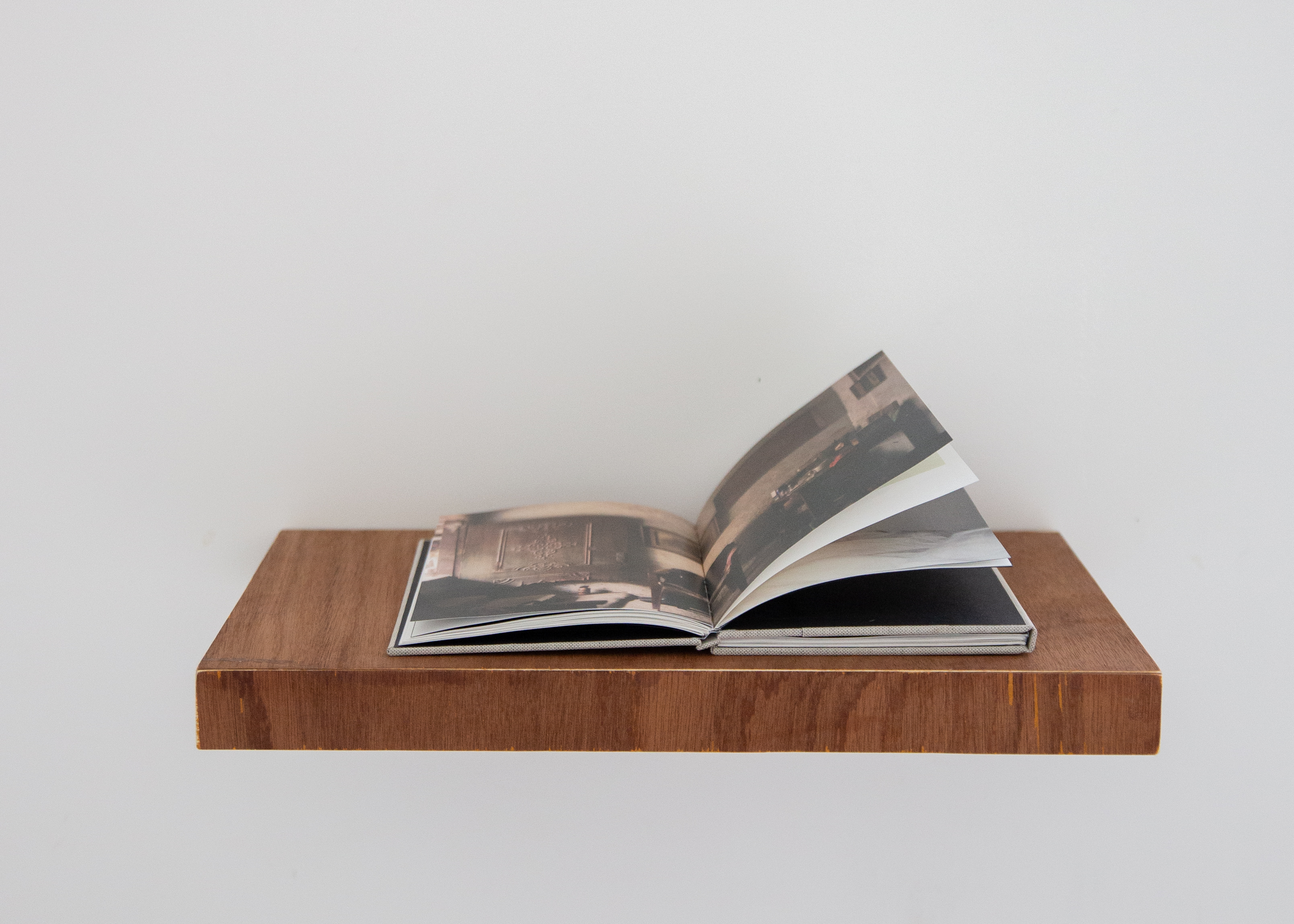Then,
The Orchids
Turned Grey
We are each other’s bridges to the past
so you can be here again with us
I gaze at your empty bed
while the white orchid blooms outside
Then,
The Orchids
Turned Grey
The Orchids
Turned Grey
We are each other’s bridges to the past
so you can be here again with us
I gaze at your empty bed
while the white orchid blooms outside



All my life, I saw my grandmother worshiping Mother Mary. By the time I found out that her real name was not Elizabeth, but Souw Hong Nio, it was already too late to ask questions. From 1965 to 1998, Indonesians with Chinese ancestry were labeled stateless, forced to change their names, and banned from expressing their culture, tradition, and language in public. For these three decades, after former Indonesian strongman Suharto's coup, it was not a conversation we had around the dining table. Part of my family history died with my grandmother, and I fear losing a sense of who we once were.
Then, The Orchids Turned Grey uses my grandmother's house as a point of departure. After the house's decay and subsequent reconstruction, a new structure emerged, yet certain traditions endured. These included our family's shared meals, the appearance of the cross symbol on the wall, and the continued presence of the orchids cherished by my grandmother. Drawing on my family's oral history, I've combined my photographic work––capturing the house in its fragile state with archival images, and interventions I made from the forced assimilation documents, diligently preserved by my mother.
I began this work to honour my grandmother while setting out to discover what it meant to be a part of the Chinese diaspora in the present day. It looks broadly at how personal keepsake and collective memory can transcend the structural and geopolitical tension caused during the revolution, especially how religion was a tool to erase ethnic identity during the period of nation building, post Cold War in Southeast Asia, with consequences that last until the present day.
Artist Book weaves personal stories
between
two generations of women in my family.
![]()


Installation View
Woven Stories exhibition at Bradwolff Projects, Amsterdam Intaglio Prints, Artist Book





